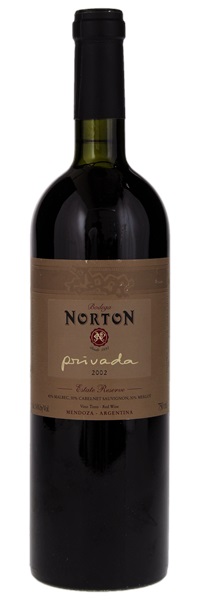Estimate

Terrific core of blackberry, black fig and boysenberry fruit, with lush toast, cocoa powder and loam notes as well. Juicy and long, with a powerful finish.

Terrific core of blackberry, black fig and boysenberry fruit, with lush toast, cocoa powder and loam notes as well. Juicy and long, with a powerful finish.

Terrific core of blackberry, black fig and boysenberry fruit, with lush toast, cocoa powder and loam notes as well. Juicy and long, with a powerful finish.

Terrific core of blackberry, black fig and boysenberry fruit, with lush toast, cocoa powder and loam notes as well. Juicy and long, with a powerful finish.

Terrific core of blackberry, black fig and boysenberry fruit, with lush toast, cocoa powder and loam notes as well. Juicy and long, with a powerful finish.
Terrific core of blackberry, black fig and boysenberry fruit, with lush toast, cocoa powder and loam notes as well. Juicy and long, with a powerful finish.